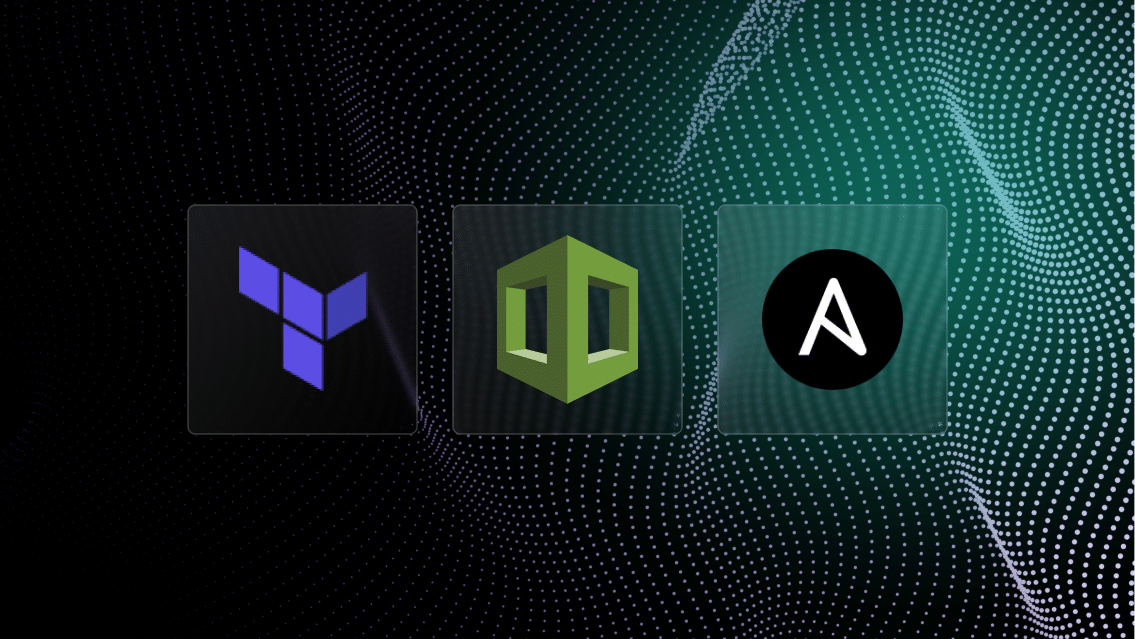Managing applications and infrastructure doesn’t stop once they’re deployed. Day 2 operations—ongoing maintenance, monitoring, and optimization—are essential to keeping systems secure, efficient, and running smoothly.
However, these tasks can be time-consuming and complex, requiring significant manual effort that slows down development and delays the delivery of new services.
By automating key Day 2 tasks, DevOps and platform engineering teams can eliminate repetitive work, reduce human error, and accelerate software delivery. Instead of spending valuable time on routine maintenance, engineers can focus on innovation and improving system performance.
Below are sample workflows that Torque users can automate to simplify Day 2 operations and keep environments running efficiently.
For a quick look at how Torque automates Day 2 operations, check out this brief demo video:

1. Reboot Instance
Cloud instances may need to be restarted to apply updates, resolve software conflicts, or recover from failures. Automating this process ensures consistency and minimizes downtime.
Benefits:
- Simplifies instance management
- Enables automated recovery procedures
- Ensures consistent reboot processes across environments
2. Generate Temporary Token
Secure access tokens help prevent unauthorized use of services. Automating token generation ensures that credentials are rotated frequently, reducing security risks.
Benefits:
- Enhances security by limiting the lifespan of access tokens
- Simplifies temporary access management
- Reduces risk of unauthorized access
3. Service Health Check
Regularly checking the health of services ensures that potential issues are detected early. Automating this process helps minimize disruptions and improves reliability.
Benefits:
- Early detection of service issues
- Reduces downtime through prompt alerts
- Enables automated remediation actions
4. Secret Rotation
Secrets and credentials can become security vulnerabilities if not updated frequently. Automating secret rotation reduces human error and enforces best security practices.
Benefits:
- Reduces risk of compromised credentials
- Ensures compliance with security best practices
- Automates a typically manual and error-prone process
5. Add Tags to Cloud Resource
Tagging cloud resources consistently helps track usage, manage cloud costs, and enforce policies. Automating tagging ensures resources are properly categorized without manual effort.
Benefits:
- Enhances resource tracking and cost allocation
- Simplifies resource management at scale
- Ensures consistent tagging across the organization
6. Extracting Virtual Machine (VM) Power States
Knowing whether virtual machines are running, stopped, or in another state is crucial for effective resource allocation. Automating VM power state extraction helps optimize cloud infrastructure.
Benefits:
- Reduces manual overhead
- Ensures real-time VM state awareness
- Supports proactive troubleshooting
7. Attaching Storage Volumes to Instances
Applications often require additional storage as they scale. Automating the attachment of storage volumes ensures instances receive the necessary resources without manual intervention.
Benefits:
- Reduces risk of misconfigurations
- Automates scaling of storage needs
- Enhances application availability
8. Retrieve Kubernetes Pod Logs
Accessing pod logs is essential for troubleshooting and monitoring Kubernetes workloads. Automating log retrieval speeds up the debugging process and enhances visibility into system performance.
Benefits:
- Speeds up troubleshooting processes
- Enables proactive monitoring
- Simplifies log collection for analysis
9. Get ConfigMap Values
Configuration settings define how applications behave. Automating ConfigMap retrieval allows teams to quickly validate and troubleshoot configuration issues.
Benefits:
- Simplifies configuration audits
- Aids in troubleshooting configuration-related issues
- Enables quick verification of deployed configurations
10. Get Secrets
Kubernetes secrets store sensitive data such as passwords and API keys. Automating secret retrieval enhances security by reducing direct manual access and ensuring compliance.
Benefits:
- Enhances security by limiting direct access to secrets
- Simplifies secret management in automated processes
- Enables auditing of secret access
11. Create Secret
Manually managing Kubernetes secrets can lead to inconsistencies and security gaps. Automating secret creation ensures secrets are consistently generated and securely stored.
Benefits:
- Reduces manual errors in secret creation
- Enhances security by automating secret management
- Simplifies secret creation in CI/CD pipelines
12. Delete Pod
Deleting pods is often necessary for load balancing, error resolution, or resource reallocation. Automating this process ensures efficient pod lifecycle management and smooth operations.
Benefits:
- Facilitates pod lifecycle management
- Aids in resolving pod-related issues
- Enables automated pod management in various scenarios
13. Create Temporary .kubeconfig
Temporary Kubernetes access is needed for debugging and administrative tasks. Automating kubeconfig creation helps maintain security by limiting access duration and reducing manual errors.
Benefits:
- Enhances cluster security
- Simplifies access management for temporary users or processes
- Reduces risk of long-lived credentials
14. Resize Autoscaling Group
Workloads fluctuate over time, requiring cloud resources to scale up or down accordingly. Automating autoscaling group resizing optimizes costs while maintaining application performance.
Benefits:
- Optimizes resource utilization and costs
- Improves application performance during peak times
- Automates capacity management
15. Argo CD Sync Application
Ensuring that deployed applications match the desired state in Git is crucial for maintaining consistency. Automating Argo CD synchronization enforces GitOps principles and reduces manual intervention.
Benefits:
- Ensures GitOps best practices
- Reduces manual intervention in deployment processes
- Simplifies application updates and rollbacks
Automating these types of Day 2 operational tasks can significantly reduce the manual workload on IT teams so they can focus on more strategic initiatives.
To test-drive sample workflows to automate these types of actions, visit the interactive Torque Playground.

